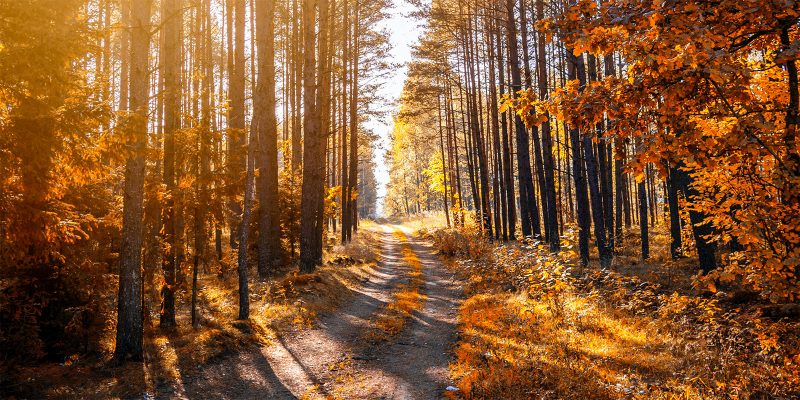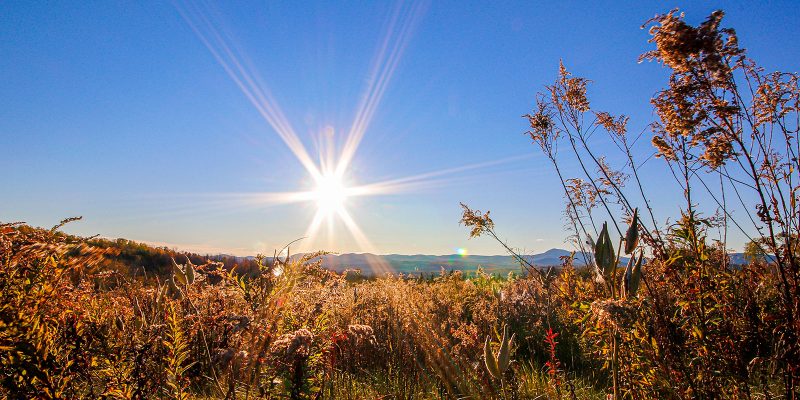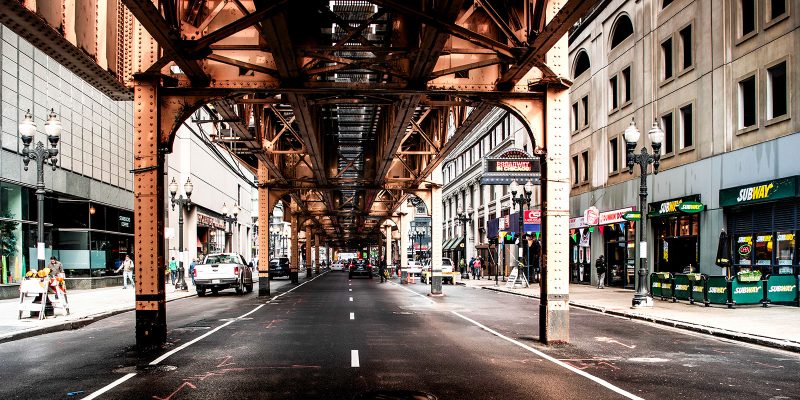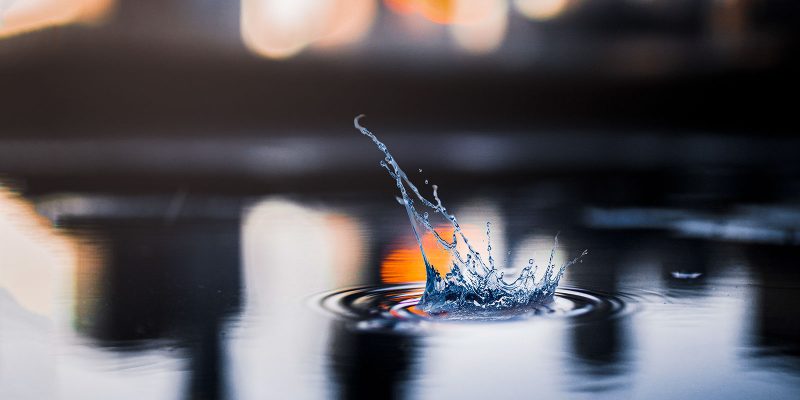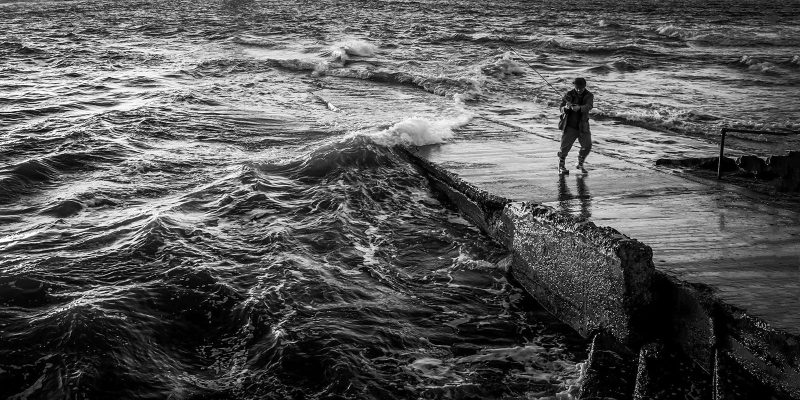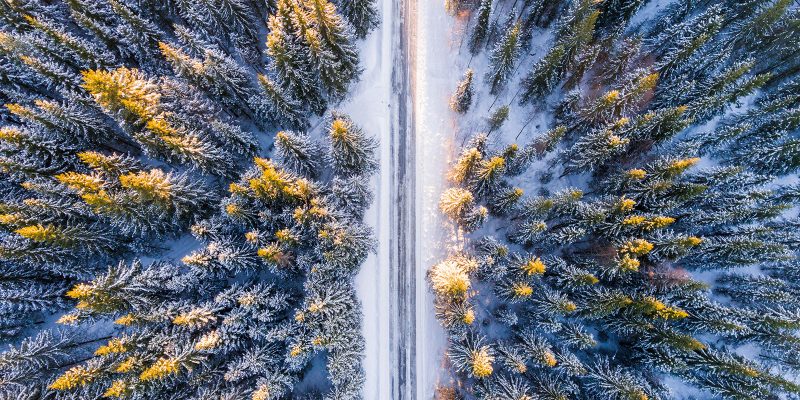The nice thing about nature photography is that it’s easy to get involved with. Anyone with a camera can do it and I’m guessing at some point, you already have. If you’ve ever walked along a stream in a forest or have enjoyed some falling autumn leaves and pulled your phone out to take some shots, that’s nature photography. It suits both the beginner and expert well. Like most other types of photography, however, there’s a big difference between pulling out a phone in the woods to snag a shot or two and positioning your camera on a tripod and using lens filters to capture a scene correctly. Yes, cameras today can capture fantastic images, but they can’t do all the work for you. If you’re interested in taking some silky smooth waterfall shots, you’ll need to set your gear to the proper settings. If you’d like to take photos of mushrooms or moss way down there on the ground, you’ll need to establish an appropriate position. These are the things I discuss in this post about nature photography. Tips and tricks that’ll help you think your way through taking some excellent pictures. Click through to check it out. Continue reading…
Landscape Photography
Landscape photography is one of the most popular types of photography today. Landscapes are plentiful and nearly everyone these days has a camera in hand. It’s simple enough to point and shoot. The thing is, while almost anyone can capture a landscape, not nearly as many can capture a landscape properly. And by properly, I mean in focus, clearly contrasted at night, correctly composed, objects appropriately distanced, etc… In this post, I offer over a dozen tips that are actionable right now that can help the quality of your landscape photography tremendously. I discuss the rule of thirds, scale, distractions, movement, lens filters, night photography, hyperfocal distance, and much more. If you enjoy photography and would like to get better at it, this is one post you’ll want to read and bookmark for later use. Continue reading…
Street Photography
I don’t take nearly enough street photography. I really should try to do more, but a guy needs to be at the right place at the right time. Certain opportunities present themselves every so often, so mindfulness is key. Street photography is one of my favorite types though because it can be so raw. The everyday grind is something that appeals to me. In this post, I talk about some of the reasons someone might want to explore this type of photography and then I discuss how to go about doing it the best way possible. The world is full of streets and even if you live on a quiet one in the middle of nowhere, there’s always nighttime and a car passing by at some point. The right camera angle and some patience can work wonders. Click through to check out my post. Continue reading…
Depth of Field
Learning photography can be intimidating. There are different types of cameras and lenses to become familiar with, but there are also different functional concepts that you’ll need to understand before getting serious. Most cameras today come with auto modes that can offer stellar photographs. It’s only when you have specific requirements that you’ll need to educate yourself on how cameras truly work. In today’s post, I discuss a concept called depth of field. I’m sure you’ve seen it in action. It’s when either the foreground and background, just the foreground, or just the background, of an image is blurry, while the center remains visibly sharp. These blurry and sharp areas are completely adjustable and many photographers do adjust them. Before they do though, they do their due diligence to learn why there’s blur and sharpness in a photograph to begin with. Then they learn how to manipulate these areas. There are two or three primary factors that influence the depth of field in an image and I discuss them in this post, so please click through to learn all about them. Continue reading…
Black & White Photography
Some of the most dramatic photography I’ve ever seen has been black and white. There really is nothing like it. There’s something special about this type of photography; perhaps it has something to do with the fact that black and white photos remove the distractions that color can add and allow the viewer to focus on the important aspects, such as the subject, textures, shapes and patterns, and the composition itself. Black and white photography is naturally emotive. When you strip the color from an image, the result is timeless and nostalgic. Black and white images force a “story.” In this post, I offer some tips that may help with shooting the best photos of this type possible. Click through to find out what they are. Continue reading…
Why I Love Square Photographs
Obviously photos come in all shapes and sizes, but have you ever wondered why a good majority of them are either long or wide? I have. I’ve been analyzing all types of photos for years and I think I’ve settled on one specific shape as a favorite – square. While I don’t use this shape every time I edit and share an image, it does serve very distinct purposes and does its job extremely well. In this post, I display three different types of photography and offer reasons for square being a better format for each. If you’re interested in photography and photos, please click through and let me know which style is your favorite. Continue reading…

